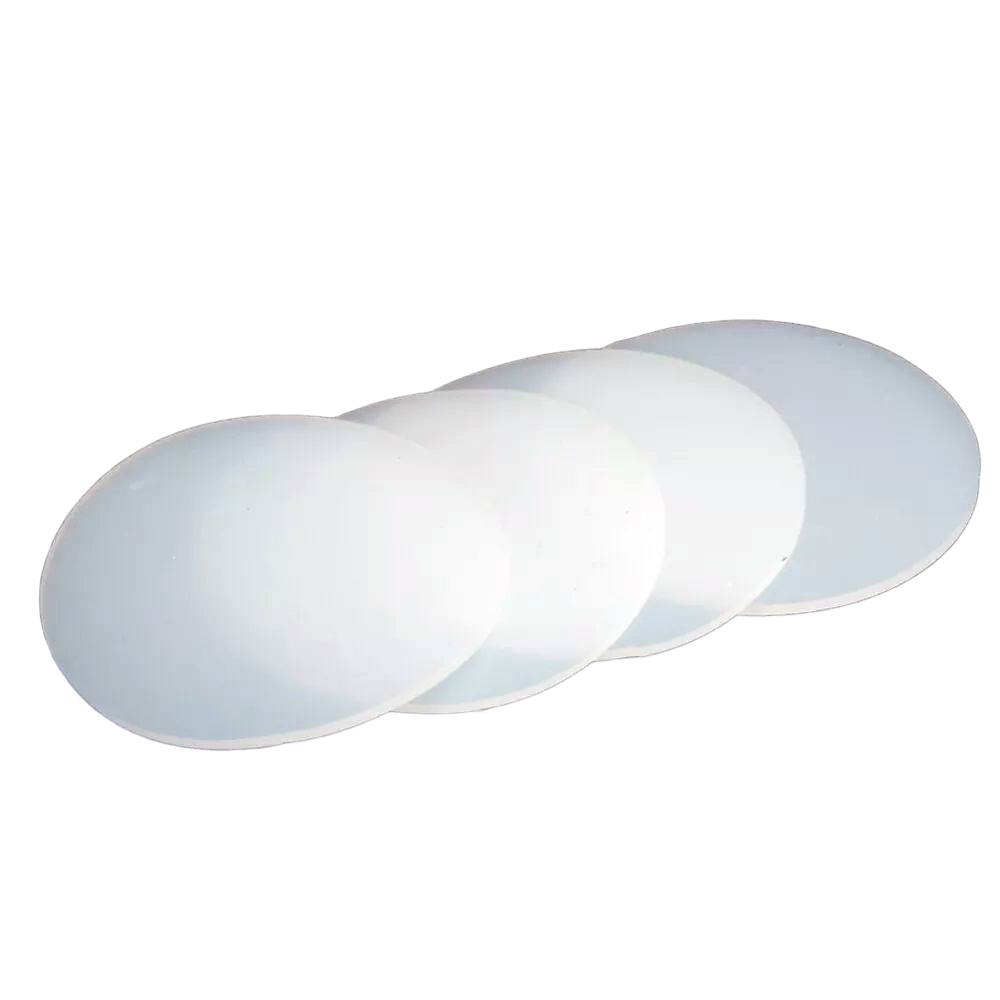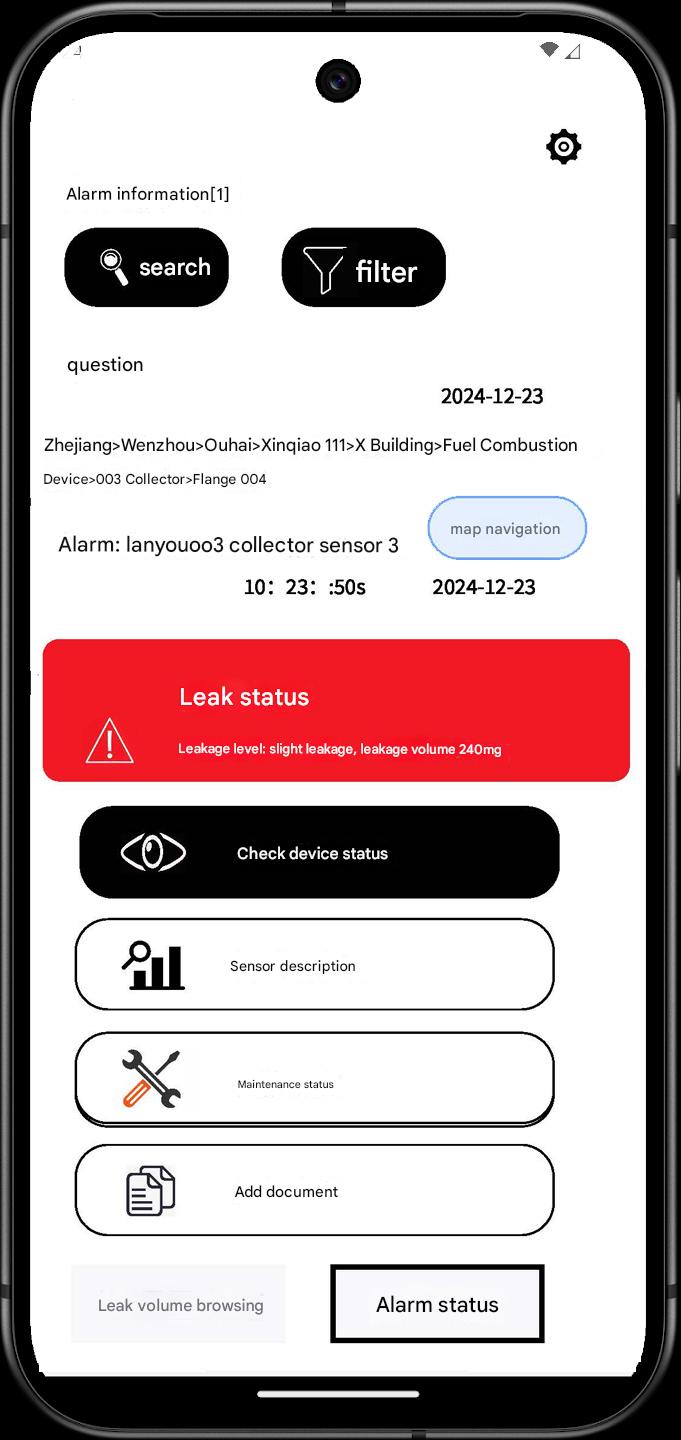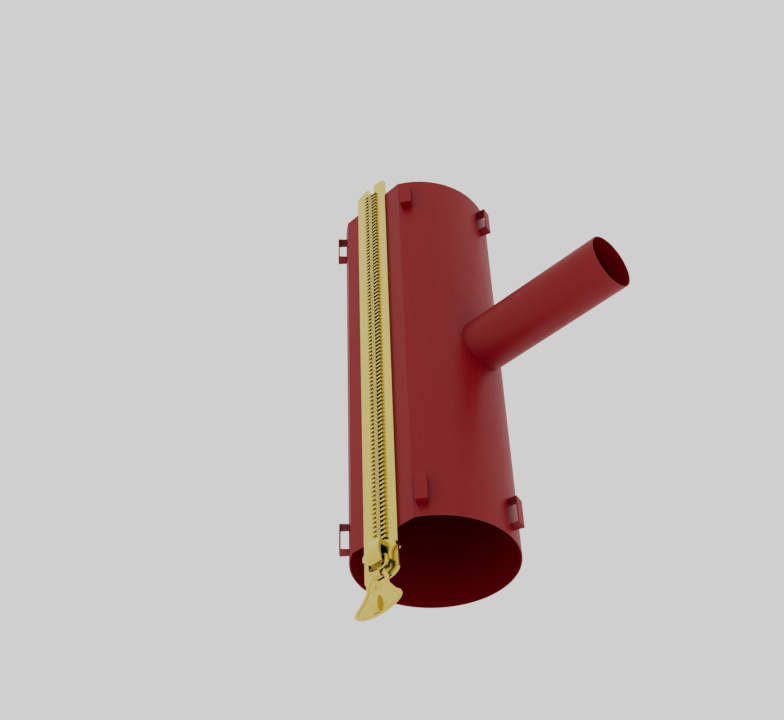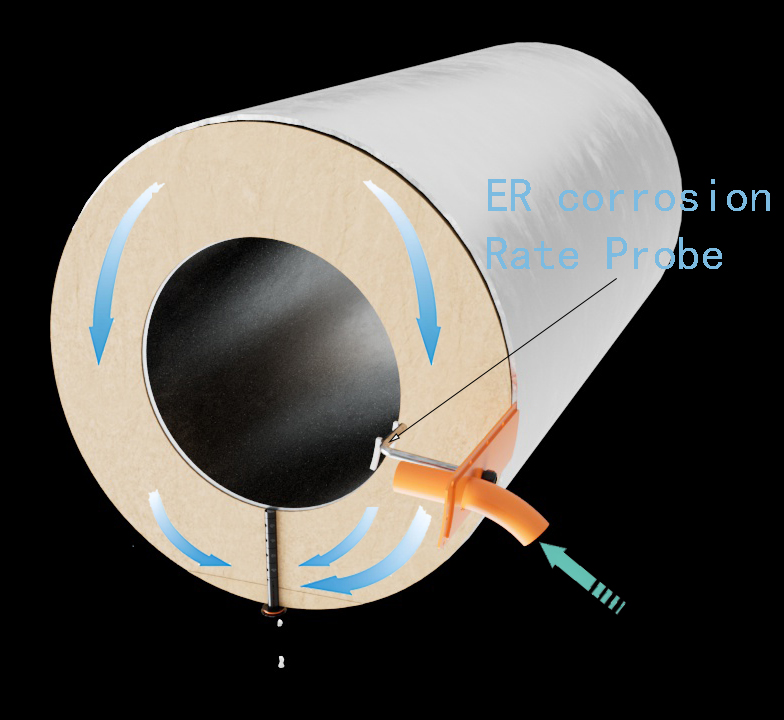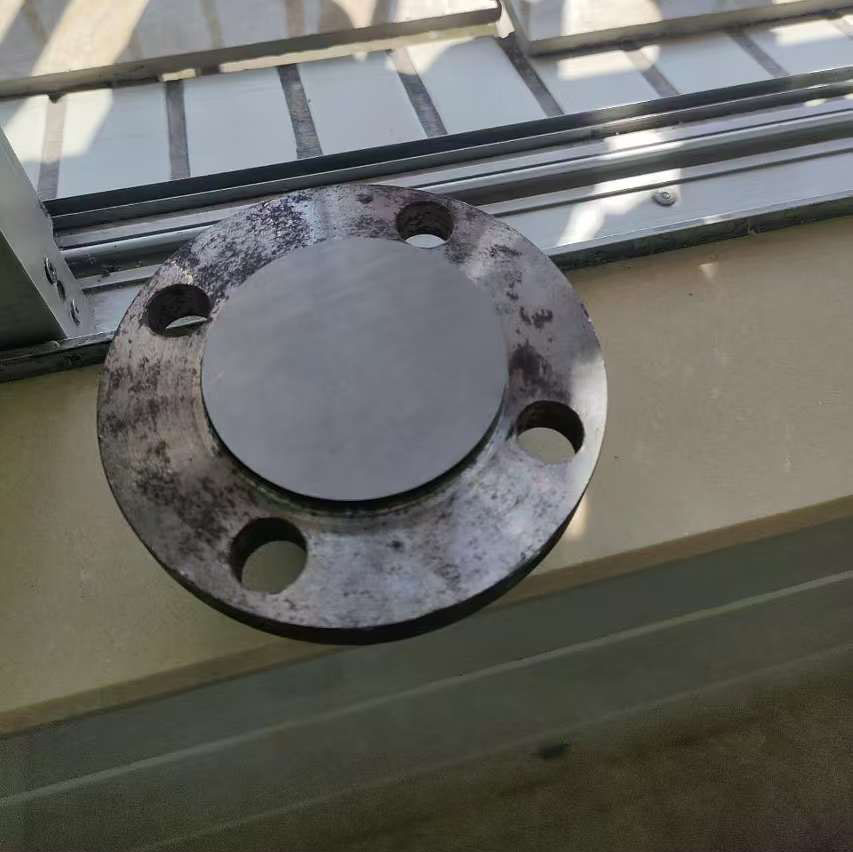How flexible pipe containment isolation system is considered safe
A flexible pipe containment and isolation system is considered safe when it meets certain design, material selection, and performance criteria. The following are some of the features of a safe flexible pipe containment isolation system:
-
Material selection: High-quality, durable, and chemical-resistant materials should be used in the construction of the flexible pipe containment isolation system. Common materials include polyethylene or polypropylene, stainless steel and reinforced thermoplastic pipe (RTP), depending on the type of hazardous material being contained.
-
Design: The system should be designed by professional engineers to meet established industry standards and codes, to address expected risks and environmental conditions, and to provide adequate flexibility to prevent mechanical damage.
-
Installation: Careful attention should be given during the installation process to ensure that the system is properly positioned and secured, and that all connections are tight and leak-free.
-
Testing: The system should undergo regular testing and inspections to ensure its integrity, and to identify any potential weaknesses before they can pose a hazard. Tests may include hydrostatic testing, vacuum testing, or other non-destructive evaluation techniques.
-
Maintenance and repair: Regular maintenance and timely repair of any problems will help to ensure the longevity and effectiveness of the system, and reduce the risk of any accidents.
-
Emergency response planning: All site personnel should be familiar with relevant safety procedures, and emergency response plans should be developed and rehearsed in advance, so that they can be implemented quickly and effectively in the event of the failure of a flexible pipe containment isolation system.
In summary, a safe flexible pipe containment and isolation system must be carefully designed and installed, use high-quality materials, and undergo periodic testing, inspection, and maintenance to ensure its effectiveness and safety. Emergency response plans should be in place to address any unexpected issues, and appropriate training should be provided to personnel to ensure that the system is used correctly and safely.

